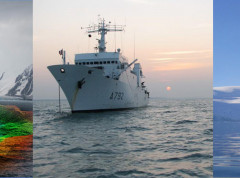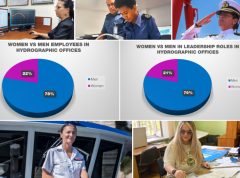Search results
There are 69 results for “sea” in All
How to Participate in World Hydrography Day
Celebrated on 21 June, World Hydrography Day is designed to raise awareness about hydrography and how it plays a role in improved knowledge of the seas and oceans.
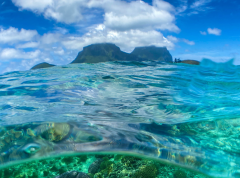
Vital services continue around the world
Despite the covid-19 pandemic and many people across the world having to work from home, Hydrographic Offices around the globe can be proud of the work they are doing to continue to ensure safety at sea and other vital maritime services. Hydrographic Offices have had to adapt to new circumstances and are successfully ensuring that critical operations move forwards. Maritime Safety Information continues to be shared, NAVAREAs covered, and even the production and maintenance of digital nautical charts (ENCs) and relevant online marine data services is continuing despite constraints linked with the pandemic.

Worldwide ENC Database working group discusses the future of coverage
The Worldwide ENC Database working group (WEND) gathered last week to discuss the future of global ENC coverage, decisions which are key to support the safety of navigation, search and rescue activities, and mitigate the impacts of storms, marine pollution etc. The goal was to pave the way and be ready for when the new S-100 based digital products are implemented, and to try and coordinate initiatives.
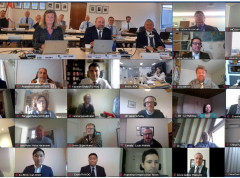
Member States Gather in Monaco for the IHO Council Meeting
Delegations representing Member States of the International Hydrographic Organization (IHO) convened in Monaco last week for the annual meeting of the Council. Participants from 30 Member States sitting on the Council, along with 13 Observers, discussed a wide range of topics including plans for a potential IHO Infrastructure Centre in the Republic of Korea, secure information exchange, and the ongoing transition to digital ocean data systems.
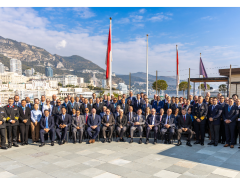
The Bahamas Joins the International Hydrographic Organization
This Move Highlights National Commitment to Maritime Safety, Economic Growth, and Ocean Stewardship The International Hydrographic Organization (IHO) is pleased to announce that the Commonwealth of The Bahamas has officially joined the Organization, marking a significant step in the nation’s efforts to enhance its maritime capabilities and sustainable ocean development.
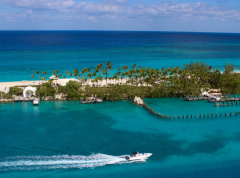
The Gambia Joins the IHO: Strengthening Hydrographic Capacity in West Africa
The International Hydrographic Organization (IHO) proudly welcomes the Republic of The Gambia as its newest Member State, marking a significant milestone for both the Organization and the West African region. With this accession, the global hydrographic community continues to grow in Africa, underscoring the increasing recognition of the importance of hydrography for safe navigation but also coastal zone management, tourism, UNCLOS obligations and more.
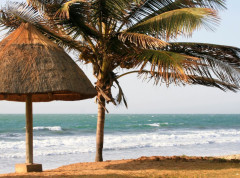
Capacity-Building Sub-Committee discusses new projects and challenges
The Capacity Building Sub-Committee (CBSC) met last week in Denpasar, Bali, for its annual meeting where participants discussed training and education initiatives. Hosted by Pushidrosal, the Hydrographic and Oceanographic Centre of the Indonesian Navy, the gathering enabled the Committee members to review projects such as the IHO e-learning centre and achievements of the Empowering Women in Hydrography project.
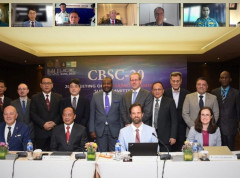
Joint IHO-Singapore Innovation and Technology Laboratory Established in Singapore
Singapore and the International Hydrographic Organization (IHO) launched the Joint IHO-Singapore Innovation and Technology Laboratory on 26 October 2021.
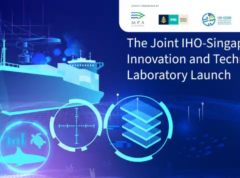
New IHO guidelines for hydrographic geospatial data
The IHO has published new guidelines for the development of product specifications for the creation of hydrographic geospatial data.
